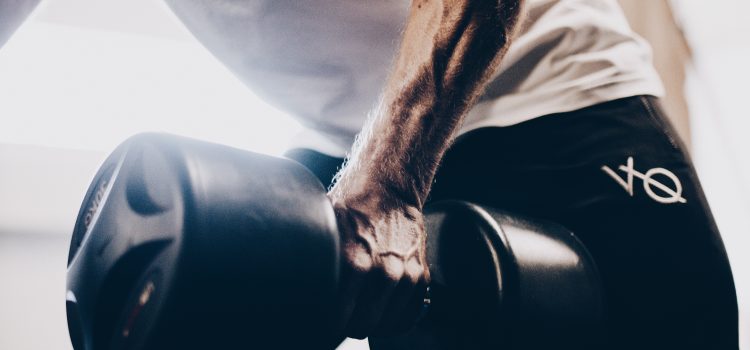
Are you tired of hearing conflicting advice about fitness and health? Do you find it hard to separate fact from fiction? You’re not alone. With so much information out there, it’s easy to get overwhelmed and confused. That’s why we’ve compiled a list of the 10 biggest fitness myths that are holding you back from achieving your goals. From diet fads to exercise misconceptions, we’ll debunk these lies once and for all, giving you the knowledge and confidence to take control of your fitness journey. So grab a protein shake, put on your favorite workout gear, and let’s get started!
Myth #1: You have to work out for hours to see results
You don’t have to work out for hours to see results. You can see results by working out for as little as 30 minutes a day, three to five times a week. The key is to find an activity that you enjoy and stick with it.
Myth #2: You need to sweat to lose weight
The idea that you need to sweat to lose weight is a common fitness myth. While it is true that sweating can help you burn calories and lose water weight, it is not necessary for weight loss. There are many other factors that contribute to weight loss, such as diet and exercise.
Myth #3: More is better when it comes to working out
When it comes to working out, more is not always better. In fact, overtraining can actually lead to a decrease in performance and increased risk of injury. The key is to find a balance that works for you and stick to it.
Overtraining occurs when you train too hard or too often without proper rest and recovery. This can lead to a number of problems, including:
decreased performance
increased risk of injury
fatigue
irritability
trouble sleeping
To avoid overtraining, be sure to listen to your body and give yourself adequate rest between workouts. If you’re feeling tired or run down, take a day or two off from training. And don’t forget to warm up and cool down properly before and after your workouts!
Myth #4: Cardio is the best way to lose weight
Most people believe that the best way to lose weight is to do a lot of cardio. However, this is not necessarily true. While cardio can help you burn calories and lose weight, it is not the most efficient way to do so.
Weight loss occurs when you create a calorie deficit – meaning you burn more calories than you consume. Cardio can help you burn calories, but it is not as effective as other forms of exercise, such as strength training, when it comes to losing weight.
Strength training helps you build muscle, which in turn helps you burn more calories – even when you’re at rest. So, if your goal is to lose weight, focus on exercises that will help you build muscle and torch those extra calories.
Myth #5: Lifting weights will make you bulky
Most people think that if they lift weights, they will automatically become bulky. This is simply not true. Sure, if you eat an unhealthy diet and lift weights regularly, you might put on some extra body fat. But if you eat a healthy diet and focus on lifting weights, you will actually tone your muscles and build strength—without bulkiness.
Myth #6: You need to eat less fat to lose weight
The truth is, you need to eat fat to lose weight. Fat is a essential nutrient that helps you feel full and satisfied after eating. It also helps your body burn more calories. A diet that is too low in fat can actually make it harder to lose weight.
Myth #7: Eating late at
One of the most common fitness myths is that eating late at night will cause you to gain weight. This is simply not true! Late-night snacking can actually help boost your metabolism and burn more calories.
So, if you’re looking to lose weight, there’s no need to avoid eating late at night. Just make sure you’re choosing healthy foods that won’t sabotage your diet.










